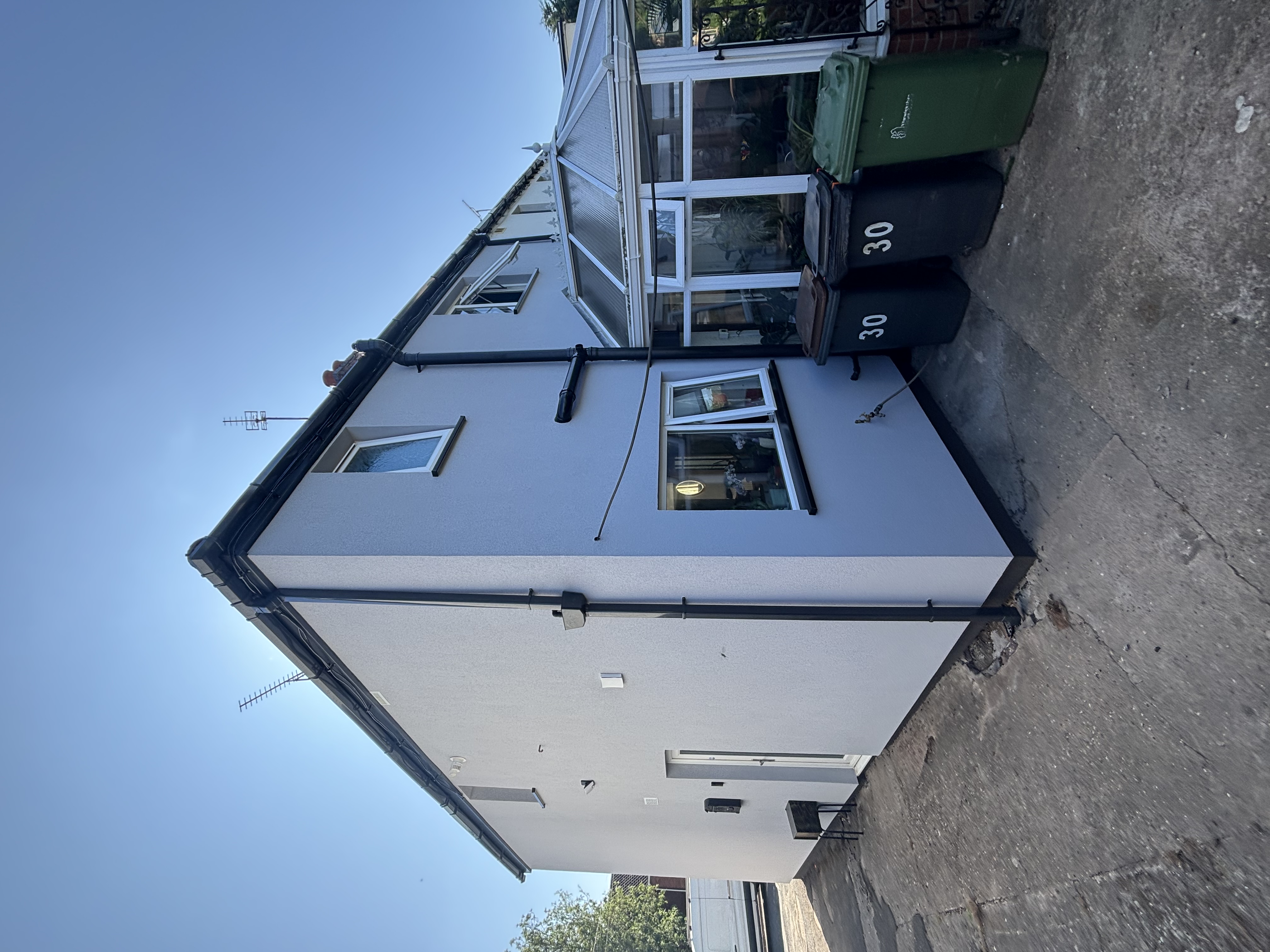
In the UK, many buildings constructed before 1920 are treasured pieces of our cultural heritage, preserved to celebrate our rich history. Preserving this heritage is a vital endeavour, as these historical buildings are not just testaments to our past; they also forge our collective identity and foster a sense of belonging.
Yet, with the passage of time and the relentless wear of weathering, conserving and restoring these architectural gems presents considerable challenges.
In this blog, we will explore the nuances of rendering a heritage building in the UK, including suitable render materials for solid walls. We'll pinpoint the optimal render material for older houses and delve into the regulations surrounding permission for house rendering.
Cultural heritage encompasses the elements of our collective history, such as remarkable architectural works, artefacts, traditions, and customs. These elements are crucial in shaping our cultural identity. Yet, preserving our cultural heritage presents numerous challenges.
On old buildings, particularly those pre-1920, it's common to see the render cracking and detaching from the walls. This often occurs because the render is made of cement rather than lime. Lime is a material that harmonises better with historical building materials like cob and stone over the long term. A high-quality lime render, applied by a skilled lime mason, proves to be a far more sustainable and appropriate choice.
A primary challenge in heritage property rendering is the natural ageing process and the damaging impact of environmental factors on historic structures.
Hence, it is important to find a balance between protecting our heritage and accommodating the requirements of contemporary life.

Lime render is highly breathable and flexible, which reduces the risk of cracking. It is a traditional rendering method used on older buildings due to its compatibility with solid wall construction that may move or settle over time.
Cement render is a mix of sand, cement, and water, often used for its strength and durability. However, it is less flexible than lime and can be prone to cracking if not mixed or applied correctly.
Acrylic renders include a type of plastic in the mix that gives a smoother finish and can be more resistant to cracking and weathering. It's often used as a finish coat over a base of cement render.
Silicone render is a modern, highly water-resistant material that also allows walls to breathe. It is self-cleaning, flexible, and provides a finish that requires less maintenance.
Polymer renders are cement renders modified with polymers to improve flexibility, adhesion, and water resistance. They can be pre-mixed to ensure consistent quality.
This system combines insulation material, such as EPS (Expanded Polystyrene), with a render finish. It enhances thermal performance, making it ideal for improving the energy efficiency of solid-walled buildings.
Clay render is eco-friendly and breathable, making it suitable for historic buildings and those constructed with natural materials. It is fully recyclable and has natural humidity-regulating properties.
Keep in mind that selecting the appropriate render for your old house necessitates an understanding of the building materials and techniques used in the past. This ensures the preservation of your home's inherent charm and delivers enduring protection from the elements. For solid walls, lime render often stands out as the optimal choice.
Lime render has been a staple for historic structures for hundreds of years. Its permeability facilitates ventilation and moisture control within buildings. This quality renders it perfect for properties constructed with solid walls and lime mortar. In contrast to contemporary cement renders that may retain moisture and lead to dampness, lime render complements the architectural integrity of traditional homes, minimising the risk of damp-related issues.
Beyond its alignment with the original building methods of old homes, lime render offers multiple advantages:
In summary, opting for lime render for historic buildings brings multiple benefits. It guarantees a breathable finish and manages moisture effectively, besides offering a pliable coating that matures elegantly and complements classic construction materials. Thus, for rendering your period residence, lime render is best for solid walls.

In most instances, applying for planning permission for rendering, including changing its colour, isn’t necessary – it's covered under permitted development rights. However, there are exceptions:
Even when planning permission isn’t required, building regulations often apply if you're rendering for the first time or updating existing render. This is because the regulations specify that exterior walls must meet certain insulation standards or U-values – a builder or rendering specialist can advise on the need for additional insulation to comply.
The silver lining is that integrating insulation while updating your home's exterior is not only cost-effective (addressing two improvements at once) but can also lead to savings on energy bills.
If you're rendering or cladding more than a quarter of your property or over half of an individual wall (such as just the front of a terraced house), then Building Control must be notified to ensure compliance with Building Regulations.
Based in the Midlands, but serving areas as far as Greater London, PD Rendering have been providing a professional rendering service for more than 15 years.
We have installed high-performance thermal render on countless old properties. Expert members of our team can advise on everything from colours and finishes to render types, ensuring that you get the best solution for your needs, the process is seamless, and the job is done quickly and to the highest standard. Contact us today for professional advice regarding your rendering project.

